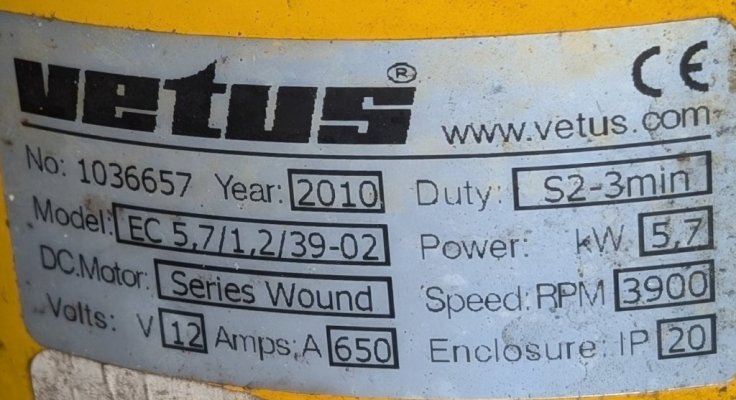I think they are just warning that hitting peaks every time will lower life expectancy. I think this is true of all Lifepo4 batts pushing large amps. I have been reading other "crazy" forums were its common to use no BMS on lifepo4 cells for windlass and thrusters. The cells themselves will do it, but at a cost to their longevity. And of course if a BMS is put inline it needs to have that amp load capability. I think this warning is just being honest that hammering these to peak every cycle comes at a cost. Like anything it would be best to leave some wiggle room. But it can do it.
I just did some testing on the little 120ah version. It can give 500 honest amps for 25 seconds. I think I was losing a bit on amps on my poor alligator clips on the terminal too. They got pretty hot. This was measured with a DC clamp amp meter on the wires so the heat loss at the alligator clips was not accounted for and I did not have a chance to read the app, which would have accounted for the heat loss too. Ill be doing a few more timed tests at various amp loads to plot it out. But a pair of these looks like 1000 amps for 25 seconds or less will work.

